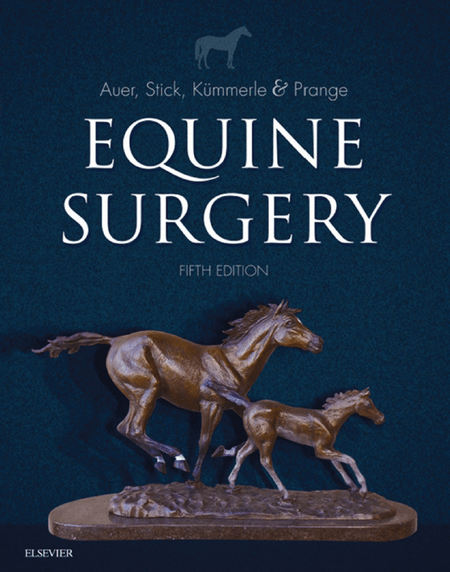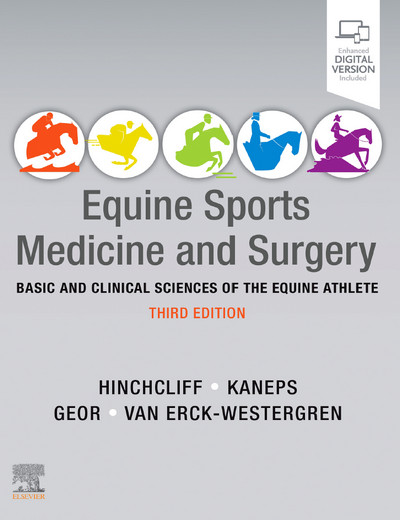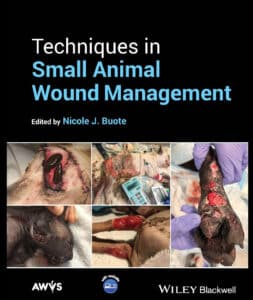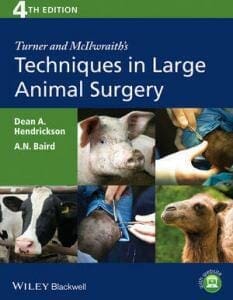
By Jorg Auer and John Stick
Equip yourself for success with the only book on the market that covers all aspects of equine surgery! Equine Surgery, 5th Edition prepares you to manage each surgical condition by understanding its pathophysiology and evaluating alternative surgical approaches. Explanations in the book describe how to avoid surgical infections, select and use instruments, and perfect fundamental surgical techniques including incisions, cautery, retractions, irrigation, surgical suction, wound closure, dressings, bandages, and casts. In addition to diagnostic imaging and orthopedic coverage, it includes in-depth information on anesthesia, the integumentary system (including wound management, reconstructive surgery, and skin grafting), the alimentary system, respiratory, and urogenital systems.

Features
Equine Surgery 5th Edition Features:
- Complete coverage of all the information needed to study for theAmerican and European College of Veterinary Surgeons Board Examinations makes this edition an excellent study tool.
- Section on anesthesiology and pain management prepares you to manage these critical aspects of any surgery.
- Extensive, up-to-date orthopedic coverage includes joint disorders and joint trauma.
- Section on integumentary system contains information on wound management, reconstructive surgery, and skin grafting.
- Section on the alimentary system covers postoperative care, complications and reoperation guidelines.
- New techniques in vascular surgery keep you up-to-date with best practices.
- Complete coverage of all the information needed to study for theAmerican and European College of Veterinary Surgeons Board Examinations makes this edition an excellent study tool.
- Section on anesthesiology and pain management prepares you to manage these critical aspects of any surgery.
- Extensive, up-to-date orthopedic coverage includes joint disorders and joint trauma.
- Section on integumentary system contains information on wound management, reconstructive surgery, and skin grafting.
- Section on the alimentary system covers postoperative care, complications and reoperation guidelines.
- New techniques in vascular surgery keep you up-to-date with best practices.
Table of Contents
Section I: Surgical Biology
Section II: Surgical Methods
Section III: Recent Advances in Anesthesia
Section IV: Integumentary System
Section V: Alimentary System
Upper Alimentary System
Section VI: Respiratory System
Section VII: Nervous System
Section VIII: Eye and Adnexa
Section IX: Reproductive System
Section X: Urinary System
Section XI: Diagnostic Imaging
Section XII: Musculoskeletal System















![Ettinger’s Textbook of Veterinary Internal Medicine 9th Edition [PDF+Videos] Ettinger’s Textbook of Veterinary Internal Medicine 9th Edition [True PDF+Videos]](https://www.vet-ebooks.com/wp-content/uploads/2024/10/ettingers-textbook-of-veterinary-internal-medicine-9th-edition-100x70.jpg)

![Textbook of Veterinary Diagnostic Radiology 8th Edition [PDF+Videos+Quizzes] Thrall’s Textbook of Veterinary Diagnostic Radiology, 8th edition PDF](https://www.vet-ebooks.com/wp-content/uploads/2019/09/textbook-of-veterinary-diagnostic-radiology-8th-edition-100x70.jpg)






